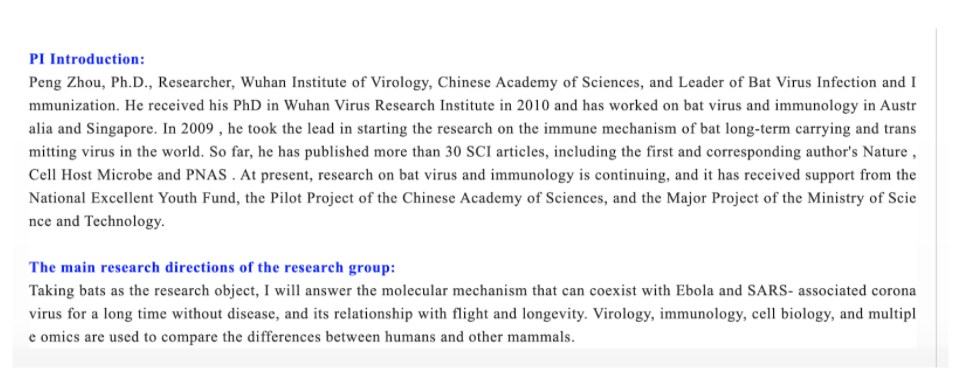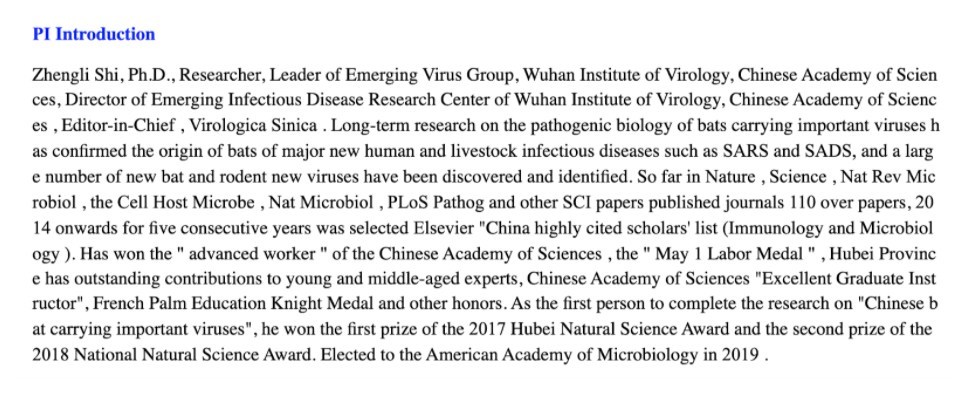The Trail Leading Back to the Wuhan Labs
There’s no proof the coronavirus accidentally escaped from a laboratory, but we can’t take the Chinese government’s denials at face value.
It is understandable that many would be wary of the notion that the origin of the coronavirus could be discovered by some documentary filmmaker who used to live in China. Matthew Tye, who creates YouTube videos, contends he has identified the source of the coronavirus — and a great deal of the information that he presents, obtained from public records posted on the Internet, checks out.
The Wuhan Institute of Virology in China indeed posted a job opening on November 18, 2019, “asking for scientists to come research the relationship between the coronavirus and bats.”
The Google translation of the job posting is: “Taking bats as the research object, I will answer the molecular mechanism that can coexist with Ebola and SARS- associated coronavirus for a long time without disease, and its relationship with flight and longevity. Virology, immunology, cell biology, and multiple omics are used to compare the differences between humans and other mammals.” (“Omics” is a term for a subfield within biology, such as genomics or glycomics.)
On December 24, 2019, the Wuhan Institute of Virology posted a second job posting. The translation of that posting includes the declaration, “long-term research on the pathogenic biology of bats carrying important viruses has confirmed the origin of bats of major new human and livestock infectious diseases such as SARS and SADS, and a large number of new bat and rodent new viruses have been discovered and identified.”
Tye contends that that posting meant, “we’ve discovered a new and terrible virus, and would like to recruit people to come deal with it.” He also contends that “news didn’t come out about coronavirus until ages after that.” Doctors in Wuhan knew that they were dealing with a cluster of pneumonia cases as December progressed, but it is accurate to say that a very limited number of people knew about this particular strain of coronavirus and its severity at the time of that job posting. By December 31, about three weeks after doctors first noticed the cases, the Chinese government notified the World Health Organization and the first media reports about a “mystery pneumonia” appeared outside China.
Scientific American verifies much of the information Tye mentions about Shi Zhengli, the Chinese virologist nicknamed “Bat Woman” for her work with that species.
Read the rest from Jim Geraghty HERE.









Comments are closed.